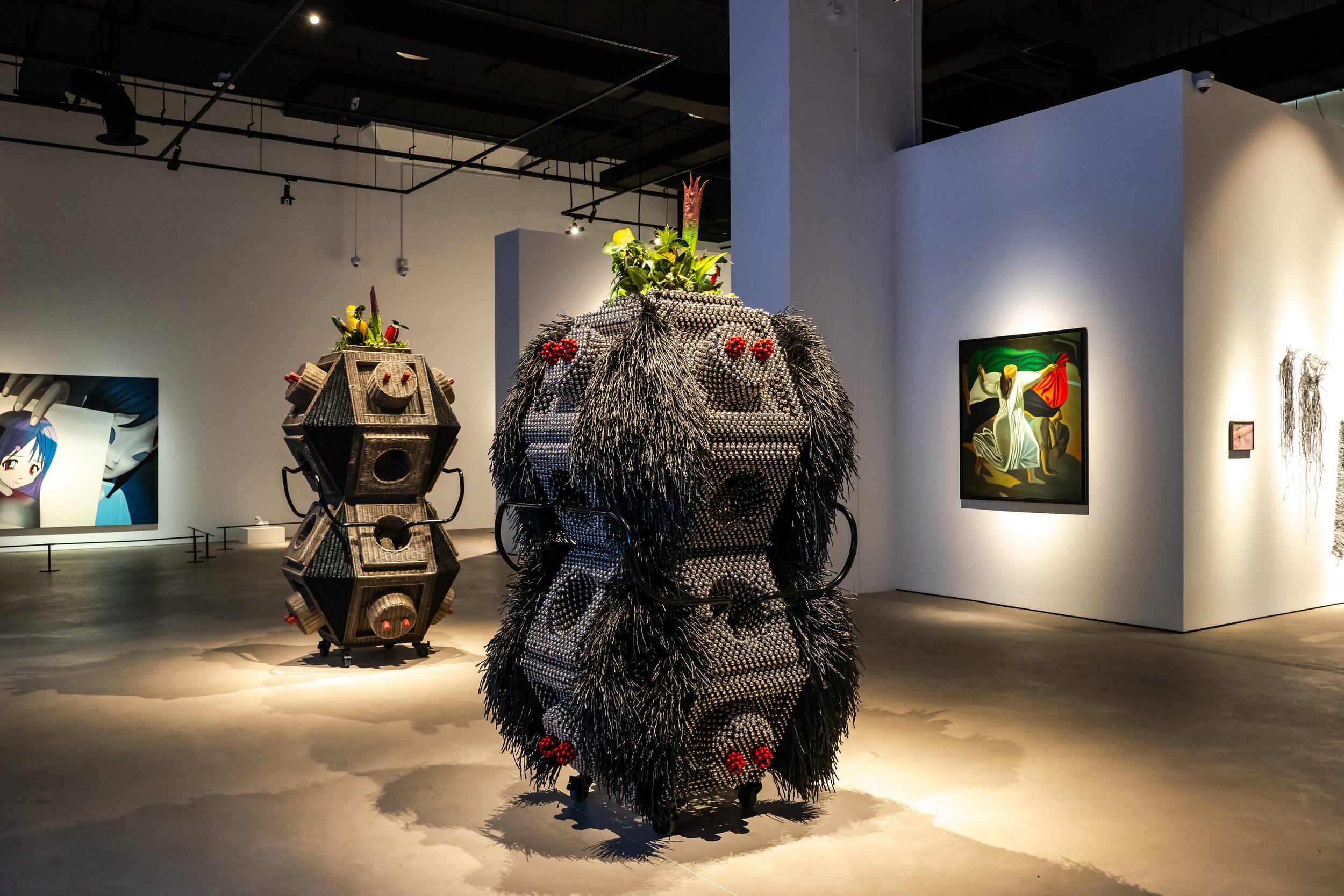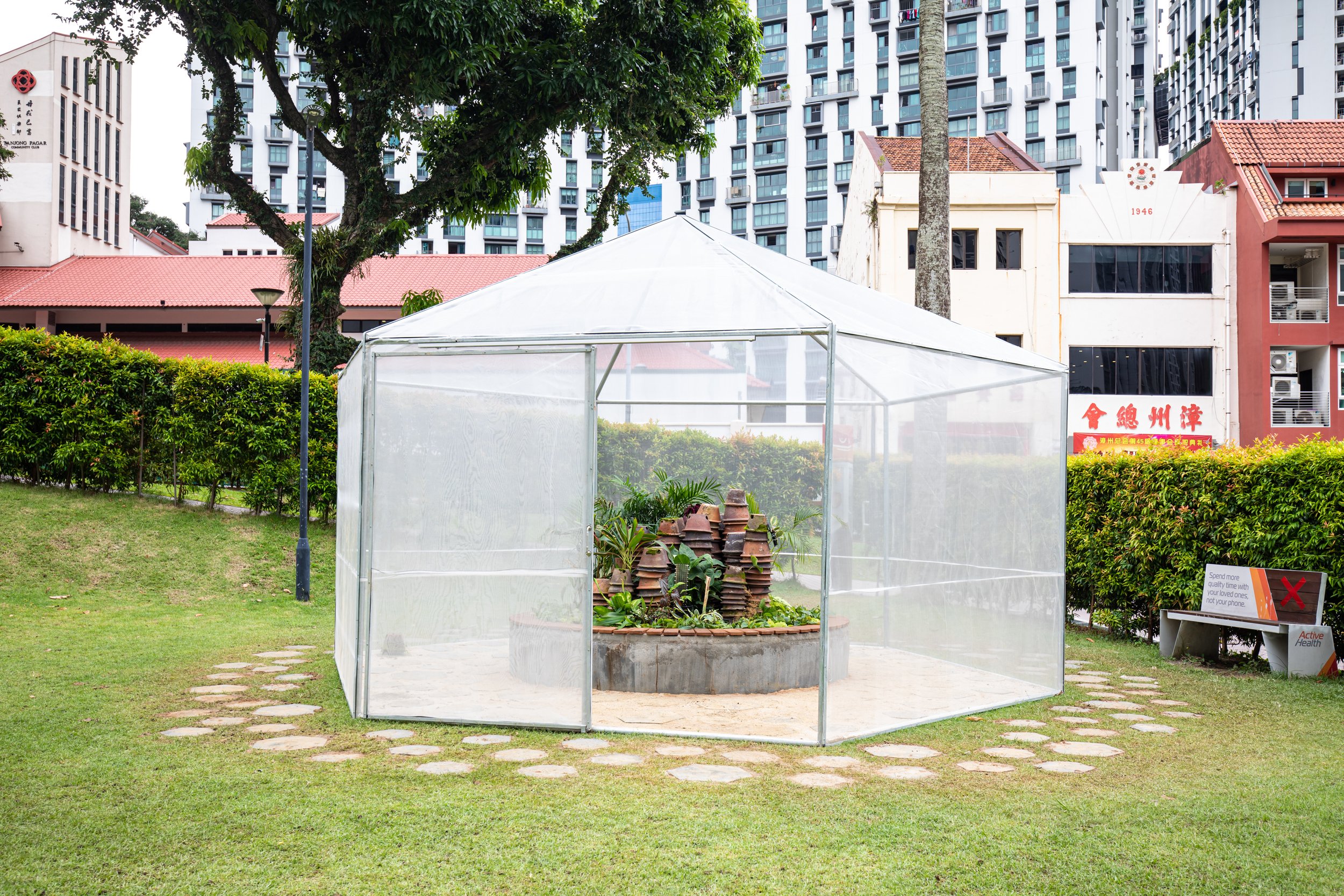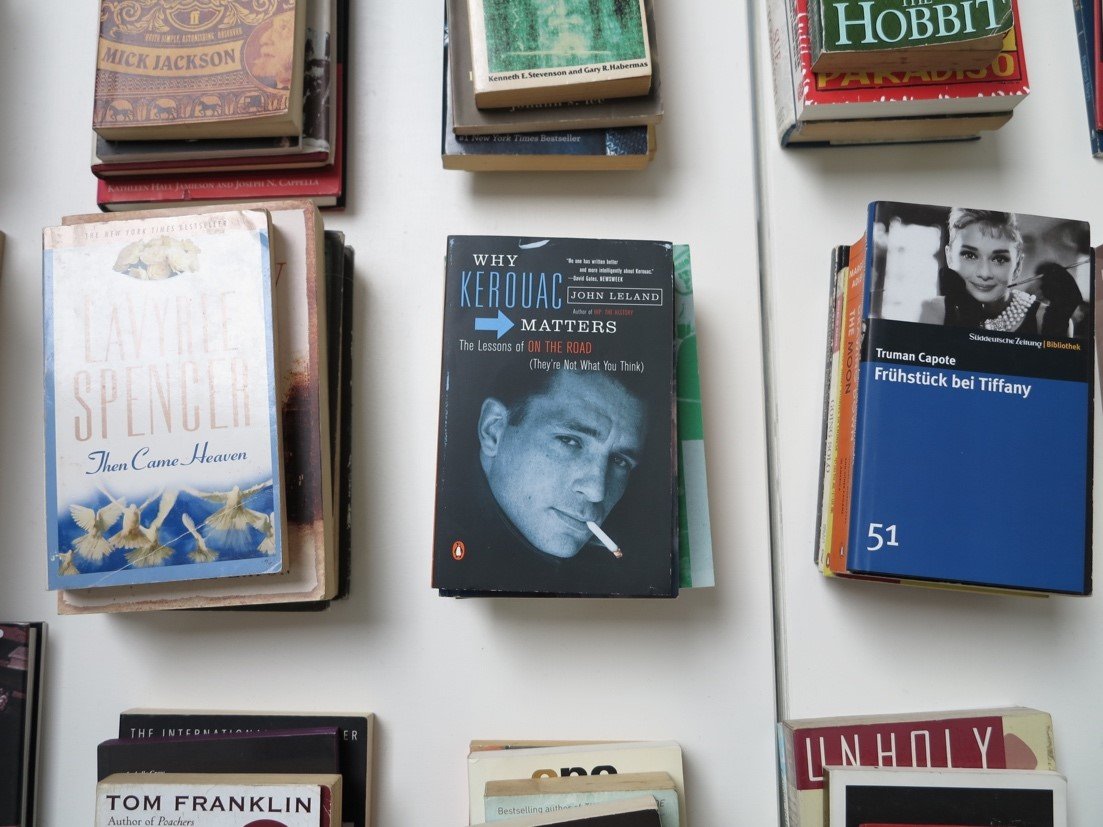The 7th Singapore Biennale: In search of Natasha
/‘Who is Natasha? What is Natasha? Where is Natasha? Am I Natasha?’ I found myself asking as I explored the conceptually enigmatic and modestly scaled 7th Singapore Biennale. Commissioned by the National Arts Council and organised by the Singapore Art Museum (SAM), the biennale aims to reflect the diversity of contemporary art practices from a Southeast Asian perspective. The current edition, embracing multiple viewpoints, has been curated by four Co-Artistic Directors – Binna Choi (South Korea), Nida Ghouse (India), June Yap (Singapore) and Ala Younis (Jordan) – and named, rather than titled, ‘Natasha’.
By choosing to reflect on the meaning and relevance of a biennale in a world experiencing the global pandemic’s aftermath, the Singapore Biennale turns itself inwards, bringing increased awareness to interiority, intimacy and systems of being. Spanning 13 venues including nearby islands, the commercial centre, an historic industrial port, a shophouse, libraries, hoardings and a Ferris wheel, the biennale comprises over 100 works by more than 50 artists and collaborators.
Most projects are exhibited at Tanjong Pagar Distripark, SAM’s temporary venue while renovations are underway at the original museum. Highlights here include: Norwegian artist Elina Waage Mikalsen’s Áhcagastá – Tales of the Ember (2022), which explores fire and its cultural uses through an installation of Sámi weaving and sound elements; Shan artist Sawangwongse Yawnghwe’s The Opium Parallax and Footnotes (both 2019) that feature a series of 23 thoughtfully rendered intimate paintings narrating the domestication of the opium poppy and its effects; and Raed Ibrahim’s Scripted Tablets (2022), a series of 45 engraved terracotta sculptures that retell history in a range of permutations according to their linear arrangement through the Jordanian artist’s creation of a visual code, and in a medium which is materially vulnerable.
South Korean artist Haegue Yang’s newly commissioned work, The Hybrid Intermediates – Flourishing Electrophorus Duo (2022), is one of the few installations that quietly dazzles. The two life-size sculptures of electrical outlets as bodies housed in positive and negative forms topped with colourful plastic vegetable gardens are made from densely woven rattan and plastic twine; they captivate (and intermittently activate) as they explore notions of hybridity and mobility. Elsewhere, projects such as Trevor Yeung’s Pavilion of Regret (2022), a makeshift greenhouse where visitors can exchange plants, and Heman Chong and Renée Staal’s The Library of Unread Books (2016– ), a temporary public reference library where people can read or donate books, help to further deepen the community engagement and participatory aspects prevalent in this biennale, whereby small gestures or acts on a personal level can impact the greater whole.
Held at a time when Singapore is seeking to emerge as a new centre for art in the region, the artists in ‘Natasha’ have staged works that are rich in culture, ideas, place, history and politics. While intimate in scale, it is a biennale that looms large as it questions how we see ourselves and each other in this complex and nuanced world. ‘Natasha’ is therefore a journey, both of the art and of oneself – an elusive being, a place, a moment in time, nature, community or simply a non-existent but amusing figment of the curators’ imaginations.
Sarah Hetherington, Singapore
The 7th Singapore Biennale, ‘Natasha’ opened in October last year, and is installed across 13 venues until 19 March 2023.






















